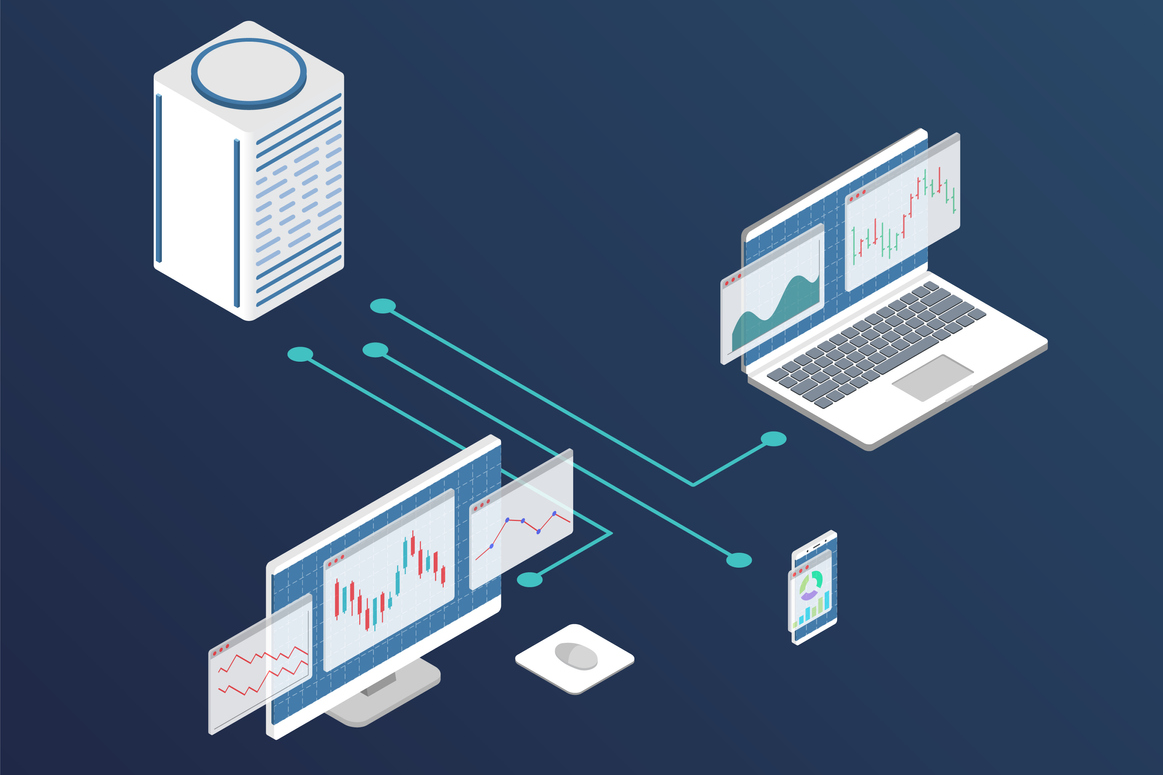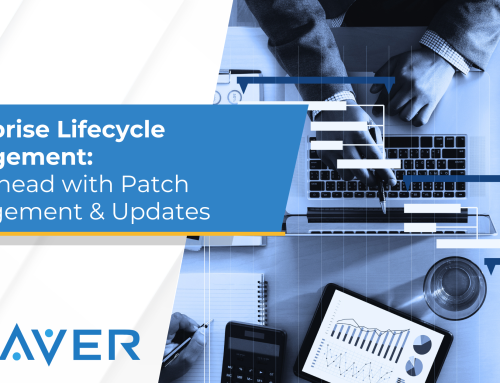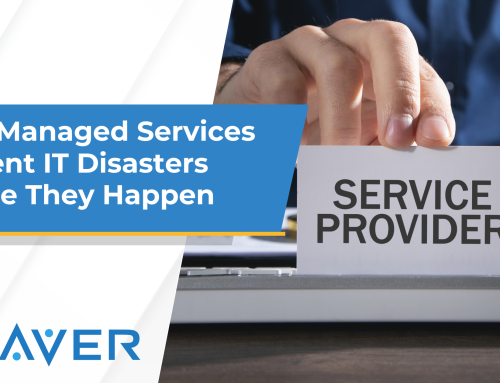As businesses increasingly adopt virtual desktop infrastructure (VDI) solutions to support their workforce, they’re faced with a choice between two primary types of VDI: persistent and non-persistent. Each has its own strengths and weaknesses, and the decision between the two will depend on a variety of factors.
In this post, we’ll explore the key differences between persistent and non-persistent VDI and offer guidance for businesses trying to decide which approach is right for them.
Persistent VDI
Persistent VDI is a solution in which each user is assigned a dedicated virtual machine (VM) that maintains their desktop configuration and personalization settings over time. This means that when a user logs out and logs back in, they’ll see the same desktop environment as before, with all of their files, settings, and applications in place.
One of the main advantages of persistent VDI is that it offers a high degree of flexibility and customization for users. Since each user has their own dedicated VM, they can personalize their desktop environment and install their own applications as needed. This can be particularly valuable for power users who require access to specialized software or tools.
However, there are also some downsides to persistent VDI. Since each user has their own VM, the management overhead can be significant, and costs can quickly add up as the number of users increases. Additionally, persistent VDI can be more challenging to secure, since each VM represents a potential attack surface.
Non-Persistent VDI
Non-persistent VDI, on the other hand, is a solution in which each user is assigned a temporary VM that is destroyed when they log out. This means that each time a user logs in, they’ll see a fresh desktop environment with default settings and no personalization.
One of the main benefits of non-persistent VDI is that it is easier to manage and maintain than persistent VDI. Since each VM is destroyed after each use, there is no need to worry about managing individual desktop configurations or ensuring that users are using the most up-to-date software and patches.
Additionally, non-persistent VDI is often more secure than persistent VDI, since each VM is effectively disposable and any malicious activity that occurs within one VM is isolated from the rest of the system.
However, there are also some potential downsides to non-persistent VDI. Users may find the lack of personalization and customization options limiting, and there can be issues with application compatibility if users require access to specialized software.
Making the Right Choice
Ultimately, the decision between persistent and non-persistent VDI will depend on a variety of factors, including your organization’s budget, security needs, and user requirements.
At Weaver Technologies, we help our clients make informed decisions about their IT infrastructure, including VDI solutions. We offer consultation and support services that can help you navigate the complexities of VDI and choose the approach that best meets your needs. For more information on our VDI services, visit our VDI page.
If you’re considering implementing VDI in your organization, we encourage you to reach out to our team to learn more about our services and how we can help you achieve your goals.






